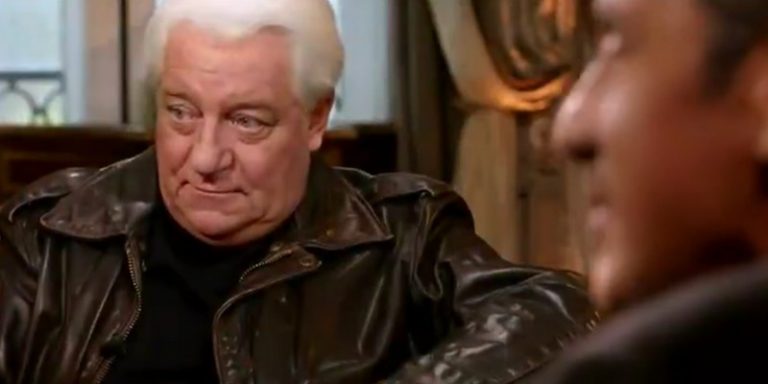
Deepfake is a technology for synthesizing images or videos using artificial intelligence. It allows, in general, a superposition of images or videos to change the face of a person or to make him say things he never said. A look at this technique, which is increasingly used in the media and which is helping to popularize it among the general public.
As far as deepfake is concerned, it can be known for its positive aspects as in the cinema where this technique is studied and will soon be used by directors or dubbing companies to make dubbing in other languages as realistic as possible. However, there are negative aspects: this technology can be used to falsify identities or create false information (intox), Facebook has announced that it is working to limit or even eliminate its malicious use in the future.
In France, deepfake is beginning to be exploited in the media and more particularly on television, where some shows do not hesitate to use this technique to make their content more lively. Thus, the humoristic and satirical show C’est Canteloup has made it its trademark with deepfakes mixing Nicolas Canteloup and cultural, political or entertainment personalities. Thus, the comedian can imitate the celebrity while pretending to be him.
Soon, another show hosted by Thierry Ardisson will offer a new concept revolving around the deepfake. Indeed, the program Hôtel du Temps will see the host rubbing shoulders with great stars and personalities of the past, and interviewing them. Of course, Thierry Ardisson didn’t really meet them: thanks to this technique using AI, it was possible to give the illusion of an interview between the host and the deceased celebrity. Thanks to the use of deepfakes in the media industry, the general public can discover this very special technique…
Translated from Le deepfake tend à se populariser en France grâce à son utilisation de plus en plus prononcée dans les médias









